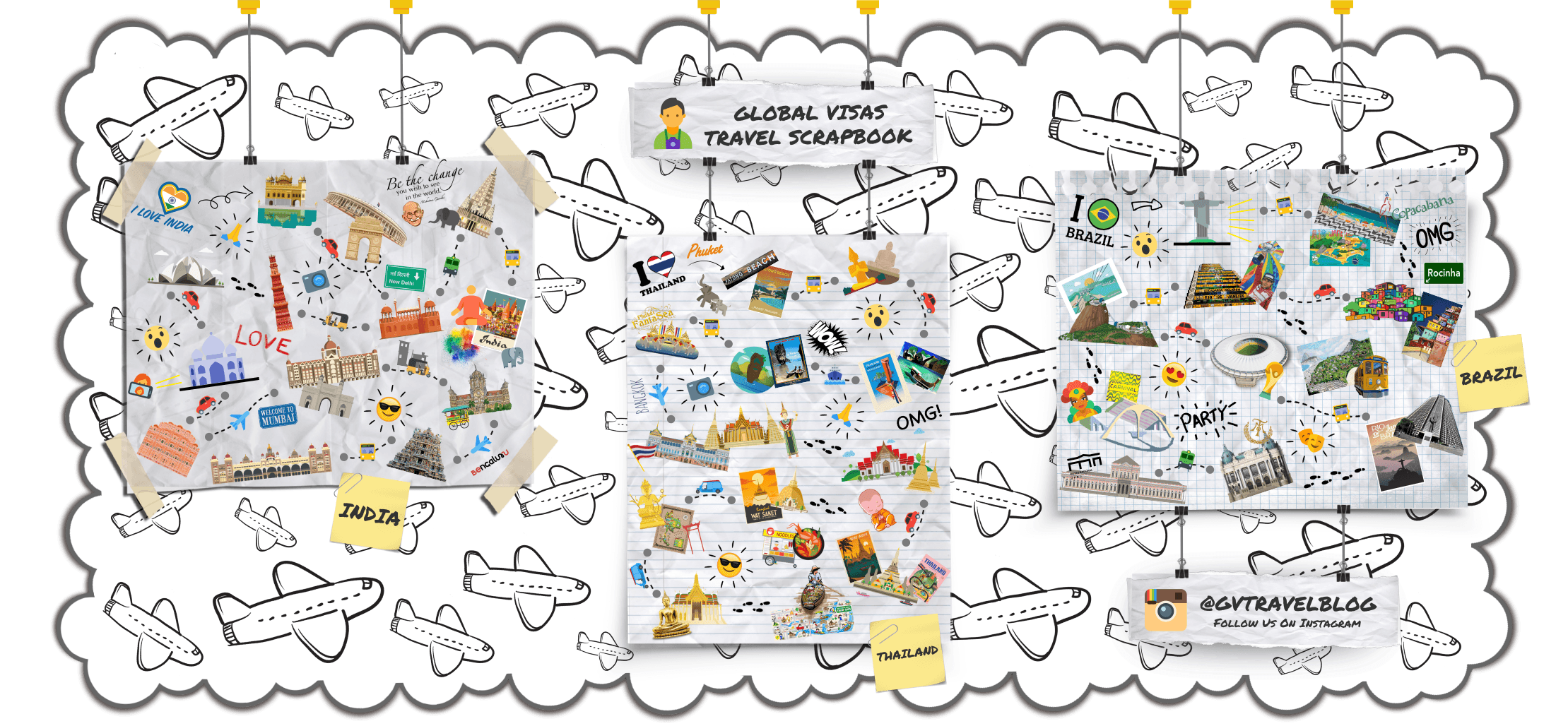EAT:
Bangladesh is a fish lover’s paradise. Traditionally most of the country lives off of the once-bountiful fresh-water river fish, especially the officially designated “national fish” Hilsa. The Hilsa has a nice flavour but some may find the many fine bones difficult to manage; if you can master eating this fish, consider yourself on par with the locals in fish-eating and deboning expertise. Various recipes exist for cooking Hilsa, suitable for all seasons and all regions of the country. Mutton is also popular, as in most Muslim countries, as is decidedly lean or hard chicken. Rice is almost always the staple side dish. Due to Muslim beliefs, pork is a banned item in Bangladesh and is neither consumed nor sold. However it is found and consumed in non-Muslim areas.
Mixed vegetable curries are plentiful – potato, eggplant, squash and tomatoes are the staple ingredients. Gourds, tubers and certain root vegetables are common. In the major cities (Dhaka, Chittagong, etc.), you will find a larger variety of vegetables than in rural areas.
The idea of salad varies from the international standard. In Bangladesh, salad has not been extensively developed, and “kacha” (raw) vegetables are generally not deemed very appetizing or palatable (with the exception of cucumbers), especially in more rural or suburban areas and in less Westernized households. Traditionally, most salad vegetables (carrots, celery, lettuce, paprika, etc.) were not even grown in most agrarian households, so the use of these vegetables was extremely rare. Hence, borrowing from the Mughal traditions, a few round slices of onions and cucumbers, spiced with salt, chilies, etc., is often treated as a full plate of salad.
Dal is usually a given side dish or meal course for all households, even the poorest or most rural (who often cannot afford any other daily meal courses). Most Bangladeshi dal varies from its West Bengali counterpart, and even more so from its other Indian counterparts, primarily because it is more watery and less concentrated or spiced. An easy analogy would be that whereas most Indian dal is more like thick stew, most Bangladeshi dal is more like light soup or broth. The Hindus of Bangladesh have greater varieties of Dal recipes, just as they have greater varieties of vegetarian dishes. The Muslims have thicker and more spiced varieties of dal. Dal recipes vary regionally in Bangladesh, so be careful not to over-generalize after a brief experience.
Boiled eggs (deem) are a popular snack (Tk 10-15), and fresh fruit is abundant, such as bananas (Tk 5-7/each), apples (Chinese, Tk 100-150/kg), oranges, grapes, pomegranates and papayas. Delicious and diverse, mangos (Tk 25-90/kg in summer) are a very popular fruit throughout Bangladesh.
Bangladeshi cuisine also offers a variety of desserts called sweetmeat in general, including lal jaam, shondesh, chomchom (pictured), etc.
Fast food restaurants and bakeries serving burgers, kababs, spring rolls, vegetable patties and just about anything else you can throw in a deep fryer are dotted around most cities. Most items will run around Tk 30-120/each. Bangladesh also has many international fast food chains like Burger King, Pizza Hut, KFC, A&W, Nando’s, etc.
To enjoy the tastes of Dhaka one needs to go to old Dhaka. The Haji biriyani, Nanna biriyani are a must. Also Al Razzak restaurant is famous for its Shahi food. To savour local food one must go to Korai Gost at Dhanmondi Satmosjid road, Kasturi restaurant at Gulshan & Purana Paltan area. No one should leave Bangladesh without tasting the Phuchka and Chatpati available in the streets of Dhaka,Chittagong. Also there are loads of Chinese and Thai restaurants in Bangladesh which serve localized Chinese and thai dishes. Bailey road in Dhaka is the unofficial food street of the nation followed by Satmoshjid Road. Dhaka also has Japanese, Korean and Indian restaurants located mostly in Gulshan area. For world class ice creams try Movenpick or Club Gelato in Gulshan. To taste kebab, Babecue tonight in Dhanmondi is the best followed by Koyla in Gulshan.
Similar to neighboring countries, most Bangladeshis eat with their right hand. Never use your left hand to bring food to your mouth, though it’s alright to use it for bringing a glass to your mouth. Every restaurant will have a handwashing station and you should use this before and after the meal. Even if there isn’t running water, a pitcher of water and a bowl will be offered. To eat with your hand, rake in a little portion of the rice and a bit of the curry to an open space on your plate (usually create a bit of space on the side of the plate closest to you, sufficiently inward from the rim but NOT in the center of the plate), and mix the rice and curry with your fingers. Then, create a little ball or mound (it should be compact and modestly sized, but does not need to be perfectly shaped or anything—function over form!) of the mixture and pick it up with all your fingers, and scoop in into your mouth. Your fingers should not enter your mouth in the process, and your upper fingers and palms should not get dirty either. Only toddlers and foreigners/tourists are exempted from these rules. It doesn’t matter a whole lot if you don’t get it all exactly right, but know that the entire restaurant is watching and waiting to see if you do. Attempting to eat with your hands and failing miserably will raise many a smile. The use of cutlery (except serving spoons for common dishes) is lacking in rural areas and poorer households. Basic cutlery (i.e., spoons, forks) is always available in urban restaurants and more Westernized, urban households. However, the use of hands is a more humble and culturally respectful gesture, especially from a tourist.
Table-sharing is acceptable and even expected in most establishments, with the exception of nicer urban restaurants. Many places have separate curtained-off booths for women and families, a nice reprieve from prying eyes.
DRINK:
Being a secular Muslim majority country, alcohol consumption is frowned upon. However it is found mostly in the international clubs, luxury hotels and pricier restaurants in Dhaka and in some restaurants in tourist centers like Cox’s Bazar. In Teknaf and on Saint Martins Island you may stumble upon the occasional beer smuggled in from Myanmar. Some of the nicest hotels in the cities have fully equipped bars with exaggerated prices to match. However, lack of commercial availability of liquor should not always be confused with cultural aversion to alcohol in mainstream society. You’ll likely find that Bengali Christians and many urbanized, upper-class Muslims privately have a more liberal, Westernized attitude toward social consumption of alcohol. However most 5-star hotels like Radisson, Sheraton. Shonargoan, Regency etc. and few clubs in Gulshan, hold DJ dance parties on frequent basis. Foreigners may bump into one of those parties if they are lucky. Usual entrance fees of such parties are around Tk 2000. Young people of upper class and higher uper class of the society are the main portion of the formed crowd. However in some places, western clothed hired companions are available. Foreigners looking for a clean vacation should stay away from them using common sense. Alcoholic drinks are rare.
Coffee is a perennial middle-class ‘Adda’ (gossip) accompaniment in this city. A popular chain is ‘Coffeeworld’ , of which there are several in Dhaka. Instant coffee is widely available.
Tea is everywhere. Ask for red tea if you do not want milk.
Fruit juices are plentiful, varied and delicious, though be wary of watered down or icy drinks and dirty blenders. Raw sugarcane juice is widely available during the hot season, and usually safe, as are coconuts, which are widely available.
Smoking in public places is prohibited. You may be be fined Tk 50 for smoking publicly.









